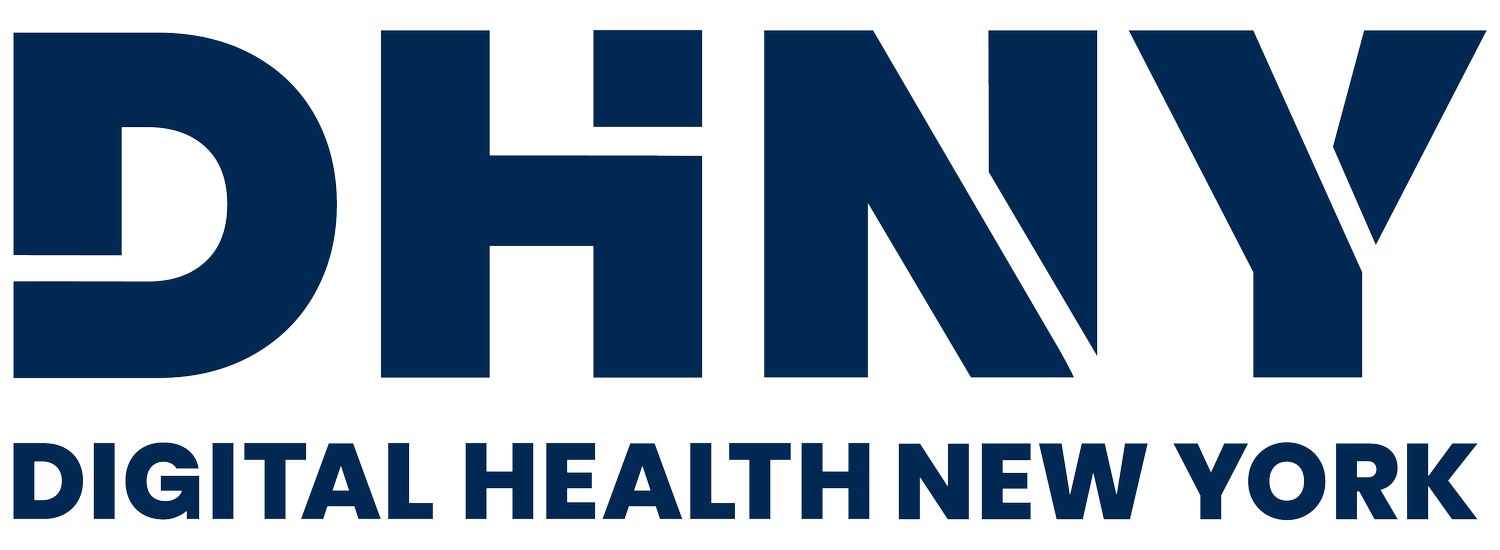Insights from DHNY Summit 2023: Transitioning Modern Care from the Hospital to Home
At this year’s DHNY Summit, Arkin Digital Health’s Dr. Nadav Shimoni moderated a panel that brought together government, payer, and provider stakeholders to spotlight exactly where we are today when it comes to moving health care from the hospital to the home.
We’re in an era of change. While innovations in how care is delivered are opening pathways to the future, roadblocks remain. Entrenched norms in the insurance industry, existing reimbursement structures, government red tape — all of this and more is converging to a place where we’re currently grappling with how to build a scalable, sustainable model for home care.
Before an audience of digital health leaders, investors, and entrepreneurs gathered in the heart of New York, Dr. Shimoni welcomed a dynamic group of panelists:
Nicholas Gavin, MD, MBA, MS, the System Vice Chair of Population Health & Clinical Innovation at Mount Sinai Health System
David Shulkin, MD, Former Secretary of the U.S. Department of Veterans Affairs President of Shulkin Solutions, LLC, and a member of Arkin Digital Health’s Advisory Board
Mona Siddiqui, MD, MPH, MSE, the SVP for Enterprise Clinical Strategy and Quality at Humana Home Solutions
They shared their successes, cautionary tales, and predictions for where they see home care in the future.
Policy roadblocks
“Home care and health policy in this country is really somewhat in a crisis,” Dr. Shulkin said.
The current policy climate makes innovation hard. New ideas have to be “budget neutral.” He pointed to 2018 legislation that changed the model for paying for home care to “patient-driven group models.”
This “bundled together 30 days of home care business,” removing the fee for service, but resulted in the “volume of care” going down as the “severity of care” went up. A “behavioral offset” responded to the drop in healthcare visits, but brought the rates in home care visits down.
This policy “is a failure,” it slows down the progression to higher home care volume, he said.
He did cite the Centers for Medicare & Medicaid Services’s (CMS) Acute Hospital Care at Home program — in 289 hospitals — as a success. The catch? It’s only funded through 2024.
A period of ‘regulatory uncertainty’
The COVID-19 home care boom transitioned to an unknown future. Mount Sinai’s Dr. Gavin calls it a period of “regulatory uncertainty.”
In a positive, he highlighted this era’s collaborative environment. He used the example of a patient 911 call resulting in his ER doctor “holy grail” — paramedics and hospital connected via Zoom, the ER seeing the patient’s EKG, leveraging hospital and first responder expertise.
Humana’s Dr. Siddiqui mentioned the current regulatory limbo.
“If you’re regulating whether or not a particular license-level person can go into the home and the exact set of things they’re able to do, well, given the labor shortage that we’re facing right now, that really inhibits the level of innovation that you can do,” Dr. Siddiqui explained.
She said we need to reexamine a compliance-driven present and move to “how do we pay for outcomes?”
Taking data out of silos
Dr. Shimoni brought the conversation back to health data.
Previously the nation’s Chief Data Officer for the Department of Health and Human Services, Dr. Siddiqui said many health data sharing blind spots exist.
While data collection is mandatory for CMS — think hospitalizations and patient experience metrics — she explained that a home care patient might go to the ER, but then the home health company itself will have zero idea that even happened.
“You really have to be able to connect those dots in a holistic way, which will give you a much better sense of how well both the home care company is performing and what kind of experience that patient is having,” Dr. Siddiqui said.
How this will reorient today’s existing systems
Moving to home care affects costs and payment. Incentives have to align, Dr. Siddiqui said. If the cost structure will be less, should reimbursements follow?
Dr. Gavin touched on home care impacting long-term treatment. Mount Sinai is investing in a “connected devices portfolio” — patient and remote therapeutic monitoring. Long-term home care monitoring can help health systems assess who is at risk for serious hospitalizations and provide interventions.
For his part, Dr. Shulkin is “very frustrated” we haven’t progressed enough — the “forces of the status quo” are a “repeatable lesson in healthcare.”
He hasn’t seen enough home care companies revise business models. He points to home care workforce shortages leading to long patient wait lists. Why? Low home care worker pay. “We need more radical models now,” he stressed.
All three concluded that home care is here to stay. The challenge rests in how stakeholders work together to make the system adapt to change.

